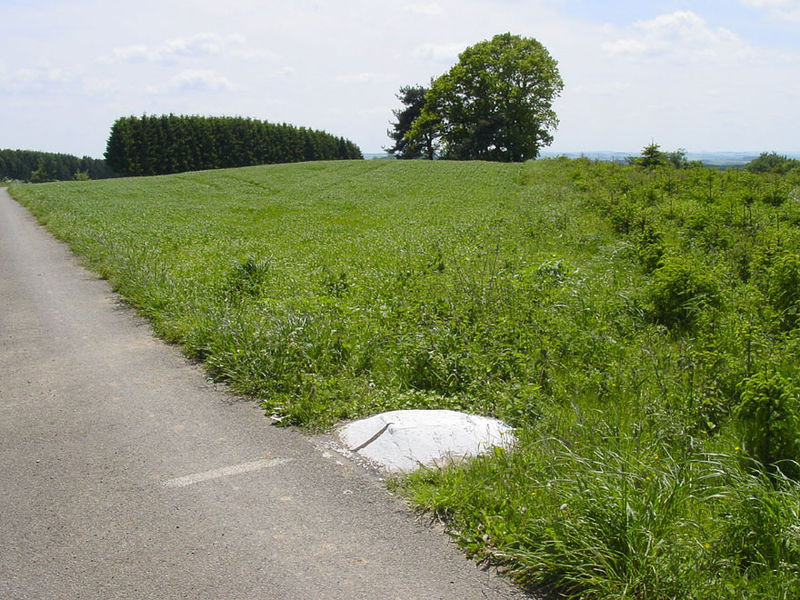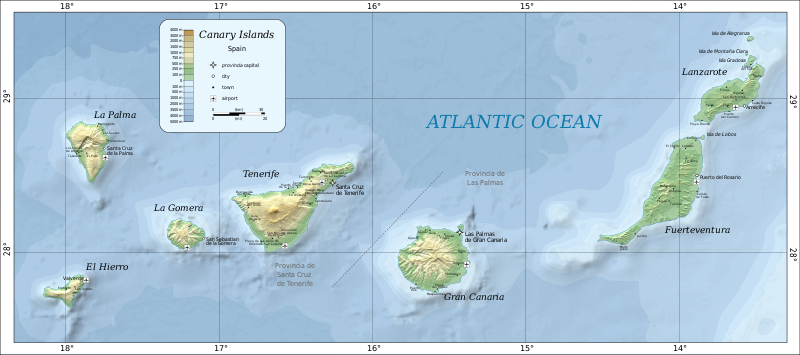Minnesota has a diverse geography of at least four regions: Eastern Broadleaf Forest, Plains, Laurentian Mixed Forest and Tallgrass Aspen Parkland. Approximately a third of the state is forested. The Mississippi river originates in Minnesota and Minneapolis is built along it. The capital and second largest city of Minnesota is St. Paul. The largest city is Minneapolis, the third largest is Rochester and the fourth largest is Duluth. The Minneapolis-St. Paul Metro area has about 3.3 million people and is the 16th largest metro area in the United States. Minnesota is often known a state with an abundance of water. In addition to more than 11,000 lakes, there are over 6,500 rivers and streams in Minnesota. The state experiences a wide array of temperatures, from a record low of -60 degrees Fahrenheit (-51 Celsius) to a record high of 114 degrees Fahrenheit (46 Celsius).

Skyline of St. Paul, Minnesota. Photo by: AlexiusHoratius

Blue Mounds State Park, Minnesota. Photo by: Kirs10

View from near the top of the highest point in Minnesota, Eagle Mountain. Photo: Douglas Kaye, 2006.

Summit of Lima Mountain, Cook County Minnesota. Photo: Pete Nekola.

Bear Head Lake, Minnesota. Photo: McGhiever










